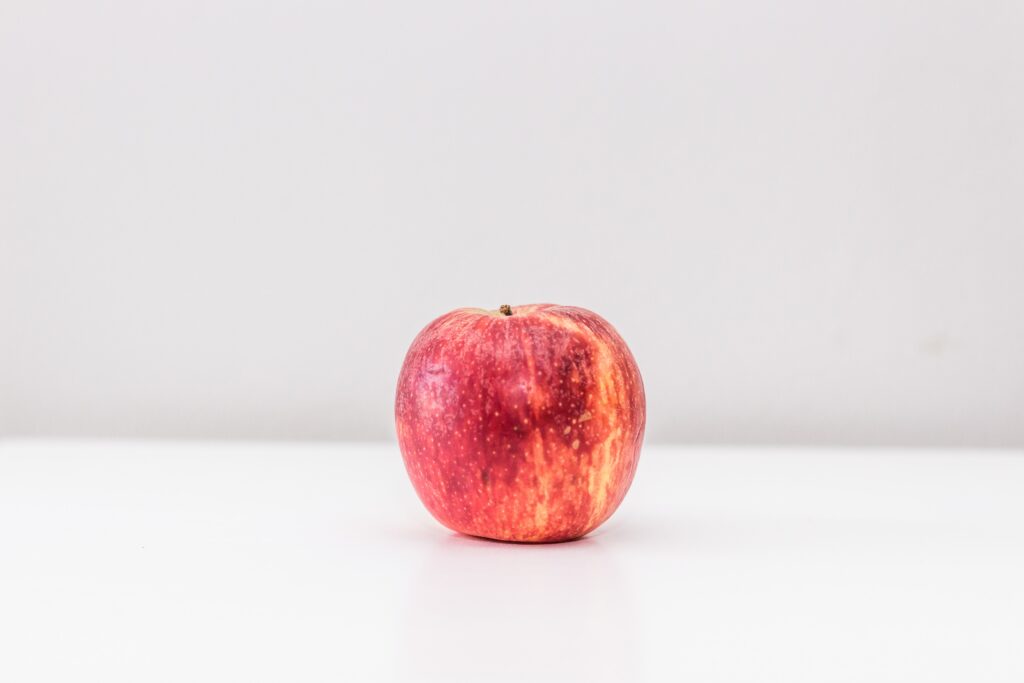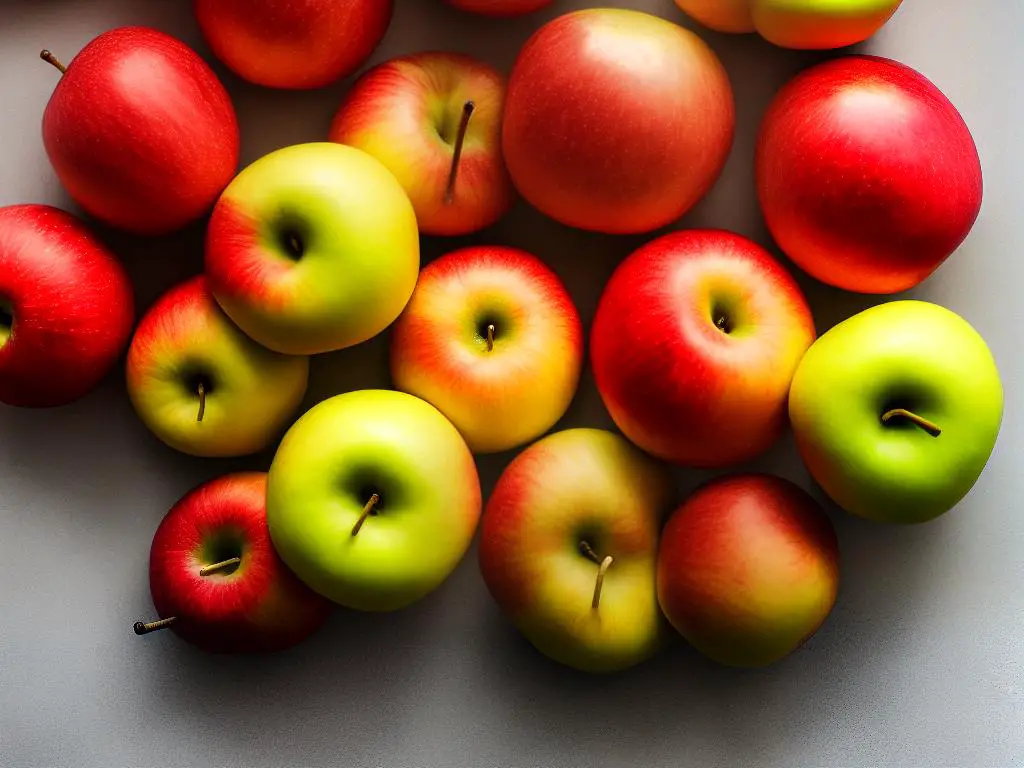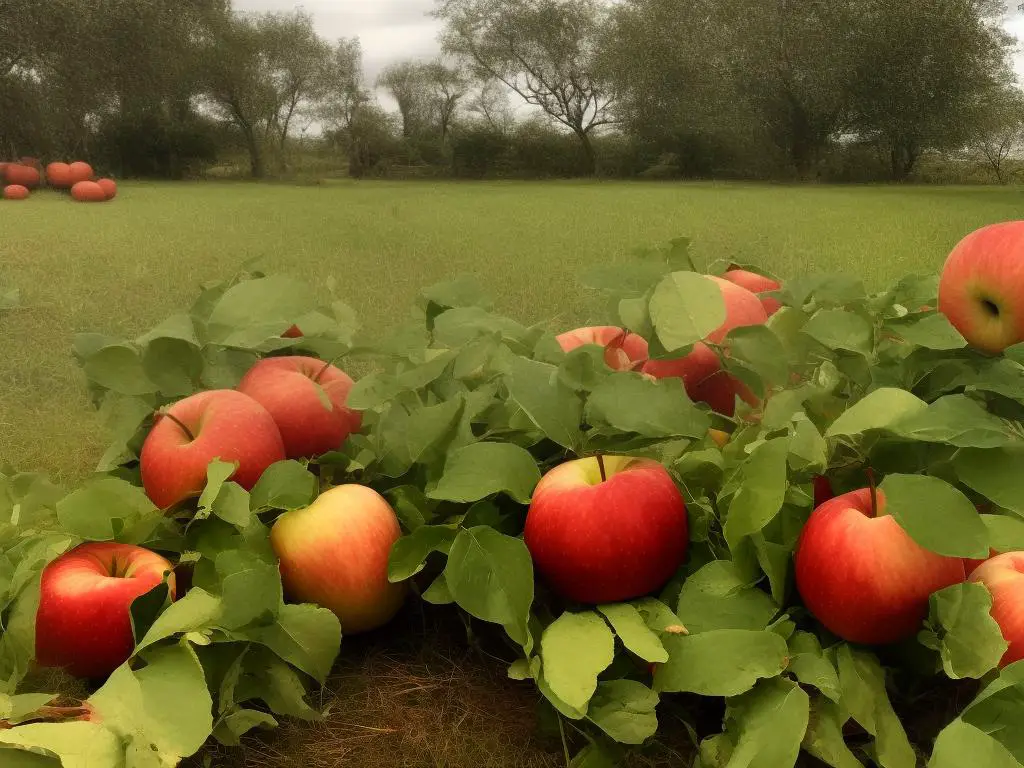
Embark on a delightful journey through the world of Gala apples, a fruit that not only delights the senses but also nourishes the body. From the historical emergence of Gala apples to their unmistakable sensory profile, this examination dives deep into what makes this apple variety unique. Exploring the myriad colors, sizes, and tastes lends a greater appreciation for why these apples have become a favorite worldwide. The intriguing process of growing these apples, the possible genetic modifications they’ve undergone to adapt and improve, and their varying seasonal availability will add depth to your understanding of this remarkable fruit.
Understanding Gala Apples
Understanding Gala Apples: A Fruit Loved by Many
Gala apples hail from New Zealand but are now commonly grown in the United States, specifically in Washington. They were developed in the 1930s by a plant breeder named J.H. Kidd and originally named ‘Kidd’s Orange Red.’ The Gala apple, as it is now known, is a combination of the Golden Delicious and Kidd’s Orange Red apple, and is lauded for its excellent taste and texture.
The outer skin of a Gala apple is typically a pale golden yellow punctuated with streaks of warm red and orange tones. Below its thin skin lies a creamy, pale-yellow flesh. As for the size, Galas are of average size, most often round, and sometimes slightly conical. When it comes to taste, these apples offer a crisp bite followed by a juicy, sweet flavor with notes of vanilla and spice. Their texture is firm, crisp, and sweet, making them perfect for eating fresh out of hand.
Discovering the Nutritional Component and Various Kinds of Gala Apples
Gala apples, renowned for their lower caloric content and ample supply of vitamin C and dietary fiber, are a superb addition to anyone’s diet. They additionally provide a modest amount of vitamin A, iron, and calcium. The Gala apple has birthed several thrilling varieties, including the Royal Gala adorned with a striking red striation and the vibrant, ultra-sweet Imperial Gala.
The manifestation of numerous genetic improvements, Gala apples have been bettered over time to increase their hue, sweetness, and resistance to disease. They are an integral part of late summer to early fall harvests. Yet, due to their immense popularity, they are managed in controlled environments to ensure availability throughout the year. Therefore, regardless of the season, one is bound to come across these delectable, crunchy apples in the nearest local market.

Growing and Managing Gala Apples
The Successful Cultivation and Maintenance of Gala Apples
The Gala apple variety is beloved for its mouthwatering sweetness and satisfyingly firm, crisp texture. These apples, which were first introduced in New Zealand, captivate onlookers with their yellow-orange skin and blush of red – a sight that’s reminiscent of a magnificent sunset. Growing Gala apples entails sowing apple seeds or saplings in fitting climates, usually regions boasting of warm summers and frosty winters. The soil should permit adequate drainage, and the plants require exposure to abundant sunlight.
Once these necessary conditions are met and the tree has taken root, successful cultivation of Gala apples requires constant care. This includes sufficient watering, avoiding water saturation, pruning during the late winter season, and safeguarding the growing tree from stormy winds. Fertilization is an integral part of the growth process, typically using a balanced slow-release fertilizer in early spring to foster robust growth.
Pest and Disease Management for Gala Apples
In addition to regular care, managing common diseases and pests that affect Gala apples is crucial for a successful apple harvest. Common culprits include apple scab, fire blight, and codling moth. Apple scab causes a rough, scaly soiling on the fruit which may result in early fruit drop, while fire blight causes wilting and blackening that looks like fire damage. Codling moths can burrow into the fruit and cause considerable damage.
Preventative measures like proper sanitation and strategic plant placement can ward off these issues. Apply fungicide in spring for scab and regularly inspect trees for signs of fire blight. For pests like the codling moth, pheromone traps and applying a natural bacteria known as Bacillus thuringiensis can prove to be effective.
Luckily, the Gala apple variety is moderately resistant to most diseases, but preemptive action and quick responses to signs of trouble can ensure a robust and bountiful harvest. From the sweet, juicy fruit for fresh eating to baking in pies or making apple sauce, the results are more than worth it.

Gala apples offer a mixture of sweet flavor, aesthetic appeal, and health benefits that make this variety an irresistible choice for apple enthusiasts. From understanding their complex history and distinguishing characteristics to mastering the art of growing them in your own backyard, it is certain that these apples are not just ordinary fruit. The pursuit of managing and maintaining a healthy Gala apple orchard will fill you with a sense of accomplishment and enjoy the literal fruits of your labor. Exploring the world of Gala apples is as enriching as its taste, transforming anyone’s admiration into a true passion for this incredible variety.
